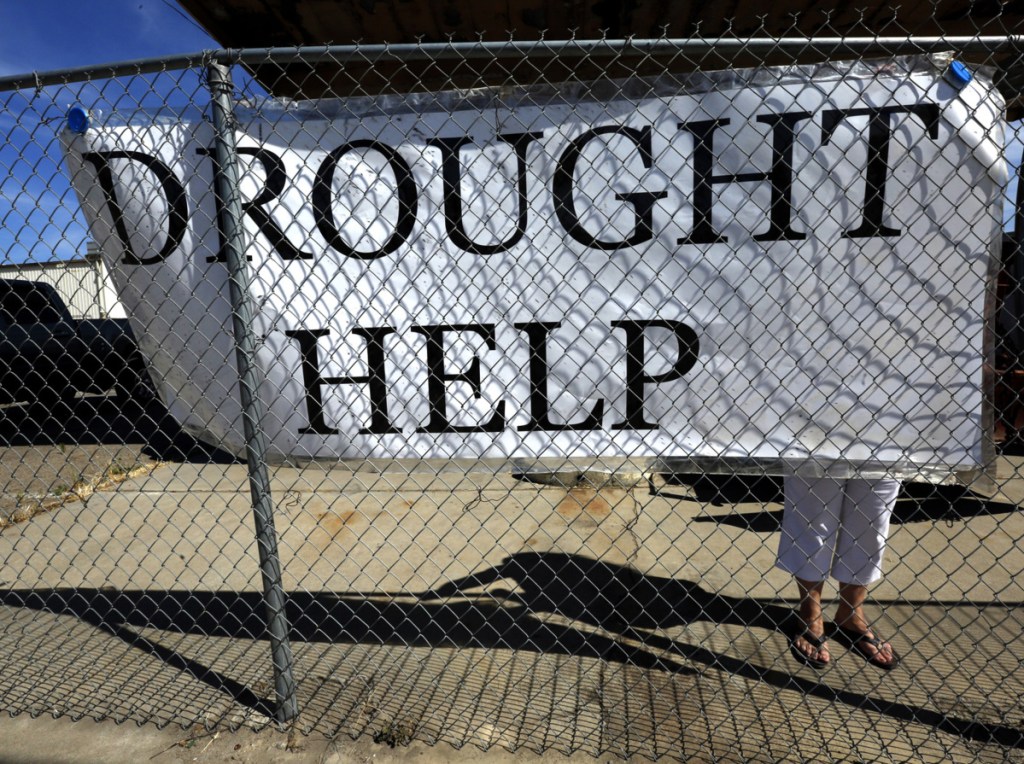AUSTIN, Texas — Less than eight months after Hurricane Harvey pelted the Texas Gulf Coast with torrential rainfall, drought has returned to Texas and other parts of the West, Southwest and Southeast, rekindling old worries for residents who dealt with earlier waves of dry spells and once again forcing state governments to reckon with how to keep the water flowing.
Nearly a third of the continental United States was in drought as of April 10, more than three times the coverage of a year ago. And the specter of a drought-ridden summer has focused renewed urgency on state and local conservation efforts, some of which would fundamentally alter Americans’ behavior in how they use water.
In California, for example, officials are considering rules to permanently ban water-wasting actions such as hosing off sidewalks and driveways, washing a vehicle with a hose that doesn’t have a shut-off valve, and irrigating ornamental turf on public street medians. The regulations, awaiting a final decision by the California State Water Resources Control Board, were in force as temporary emergency measures during part of a devastating five-year drought but were lifted in 2017 after the drought subsided.
Water restrictions, either forced or voluntary, are nothing new to states and communities where battling drought is often a part of life. In Amarillo, Texas, the city’s water department stresses conservation with the message “every drop counts,” and urges customers to do “at least one thing a day to save water.” A similar mantra – “squeeze every drop” – is part of the water-saving culture in Oklahoma City, where officials impose higher rates for excessive water use.
Years of studies by government and environmental groups have warned that future demand for water is threatening to outstrip availability, particularly in the drought-plagued West and Southwest, unless policymakers take steps to reverse those trends.
“More and more cities around the world are running into limits on how much water they have available to meet their needs,” said Peter Gleick, co-founder of the Oakland-based Pacific Institute and an expert on water and climate issues.
One critical water resource threatened by shortages is the Colorado River System, which includes parts of seven states and provides water for up to 40 million people. In the absence of “timely action to ensure sustainability,” the U.S. Bureau of Reclamation said in a 2012 assessment of the river basin, “there exists a strong potential for significant imbalances between water supply and demand in coming decades.”
Copy the Story LinkSend questions/comments to the editors.



Success. Please wait for the page to reload. If the page does not reload within 5 seconds, please refresh the page.
Enter your email and password to access comments.
Hi, to comment on stories you must . This profile is in addition to your subscription and website login.
Already have a commenting profile? .
Invalid username/password.
Please check your email to confirm and complete your registration.
Only subscribers are eligible to post comments. Please subscribe or login first for digital access. Here’s why.
Use the form below to reset your password. When you've submitted your account email, we will send an email with a reset code.